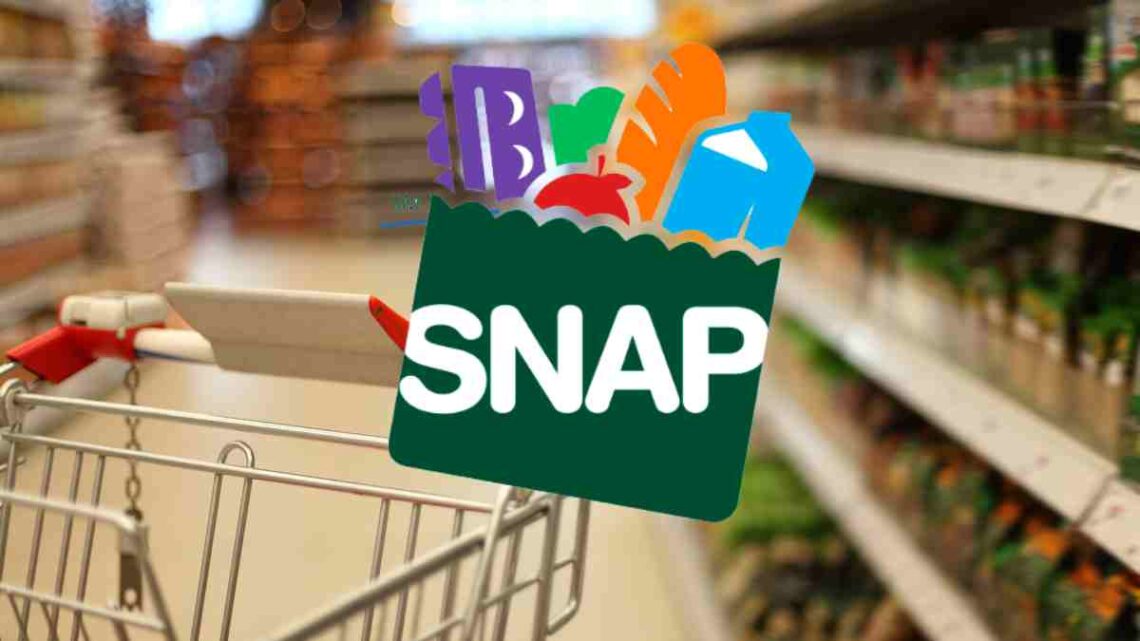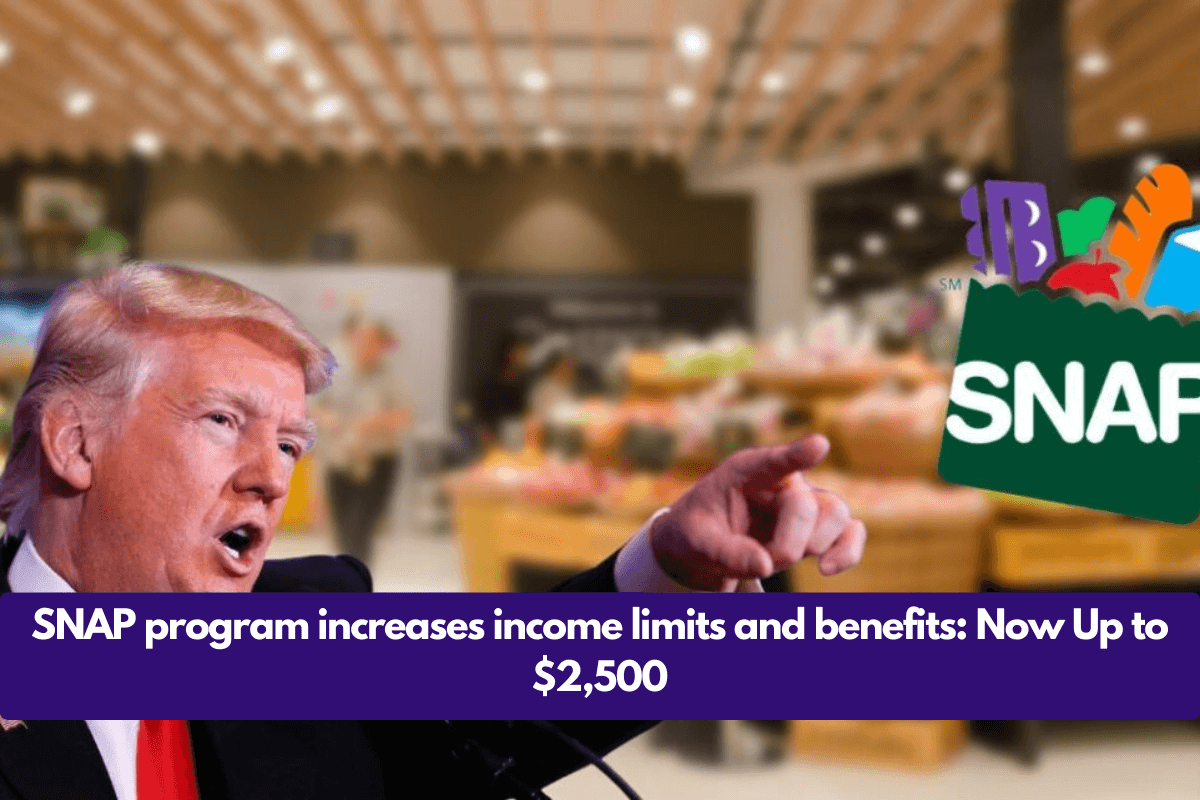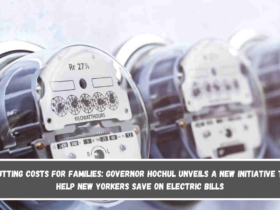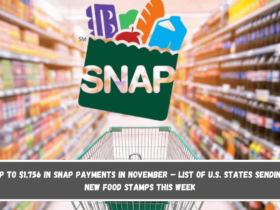Supplemental Nutrition Assistance Program (SNAP) recently changed the amount of money people can earn and how much they can get in benefits as of October 1. This change, which is part of an annual cost-of-living adjustment, is meant to keep the program in line with inflation and allow more people to use it.
SNAP is still an important resource for people in the United States who are having trouble getting enough food to eat. It helps them buy healthy food. People and families with low incomes can apply, but students who meet certain requirements can also do so.
Increase in income limits to qualify for SNAP benefits
Since the recent changes, the most a single person can earn each month and still be eligible for SNAP is now $2,510. This is a big jump from previous years. This change has a direct effect on students and other groups that did not meet the income requirement for SNAP help before.
Director of the Basic Needs Program at the University of Oregon Julia Morrill says that this higher income limit has opened up new options for students who made just a little more than the old limit, which was about $1,500 per month.
SNAP is now easier to get for students who are taking at least six undergraduate credits or five graduate credits and meet one more requirement. This change makes the program easier for students to get into who might need extra help paying for their food.
What can you buy with SNAP benefits?
SNAP benefits are meant to be used to buy food and drinks that don’t contain alcohol. You can use these benefits at most grocery stores to buy meat, fish, fruits and vegetables, bread, cereals, and other important things.
That being said, there are some limits. You can’t use your SNAP benefits to buy things like alcohol, tobacco, medicines, supplements, or things that aren’t food. SNAP benefits also can’t be used to buy hot or ready-made foods.
A lot of students find that SNAP assistance is helpful because it gives them more options for healthy foods. This program helps people who are having trouble getting healthy foods, which improves their health and well-being in the long run. Getting enough food can help you concentrate and do better in school, and not having to worry about money can make getting food easier.
How to apply for SNAP as a student
At first, applying for SNAP benefits might seem hard, especially since you need to show a lot of proof. The Oregon Department of Human Services has a website where students can start their application, or they can go to one of its offices.
After the application is turned in, the person must meet with a social worker from the Department of Human Services. It’s possible to do this interview over the phone or in person.
The Basic Needs Program team at the University of Oregon, led by Morrill, helps students with their applications by showing them what paperwork they need and answering any questions they have about the forms. The team can’t fill out applications for the students, but they can help them get the benefits they’re eligible for.

Stores that accept SNAP benefits
Most supermarkets and grocery stores take SNAP. Customers can check the website of each store or ask someone in the store to be sure. On the University of Oregon campus, the only place that takes SNAP is Agate Street Market in Unthank Hall. This is where students can buy packaged goods and deli foods like salads and sandwiches.
Having an on-campus store that accepts SNAP benefits makes it more convenient for students who spend most of their time at the university, offering shopping options within a familiar setting.
SNAP benefits as a support for healthy eating
SNAP not only helps people who are struggling financially to get food, but it also encourages people to start eating healthier. For students, being able to get a variety of fresh foods has a direct effect on their health. Being able to choose healthy foods without having to worry about how to fit them into a tight budget makes life better and helps with schoolwork.
With higher income limits and changes to benefit amounts, SNAP is changing to meet the needs of the people who depend on it the most. It will continue to be an important way to help people deal with rising costs of living.
Restrictions on SNAP eligibility for students with meal plans
There are certain rules about who can get SNAP benefits if they live in university housing with meal plans. A student might not be able to get SNAP if their meal plan meets more than 51% of their food needs.
On the other hand, if the meal plan only covers half of the cost, the student might be able to qualify as long as they meet the other income requirements.
This restriction is in place to keep benefits from overlapping, since university meal plans usually cover a lot of the nutritional needs of students who live on campus.











Leave a Reply